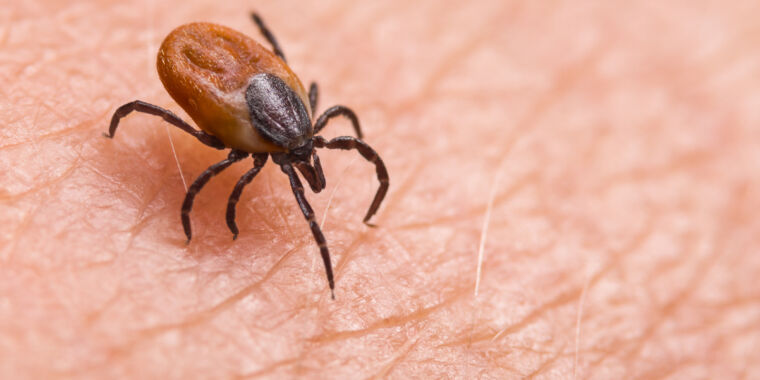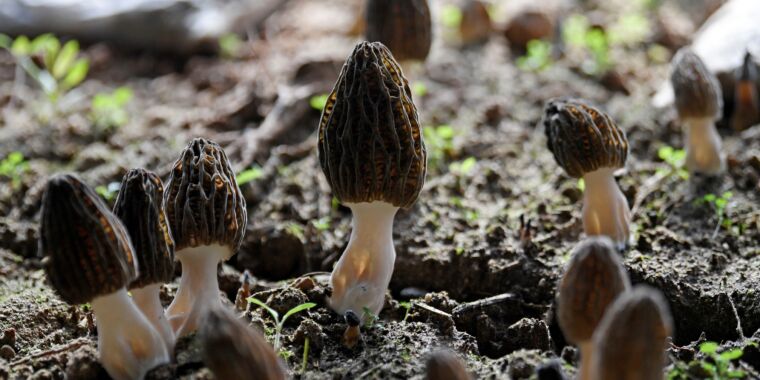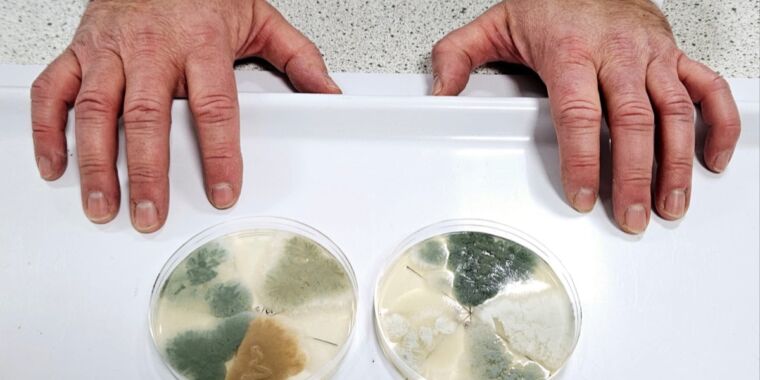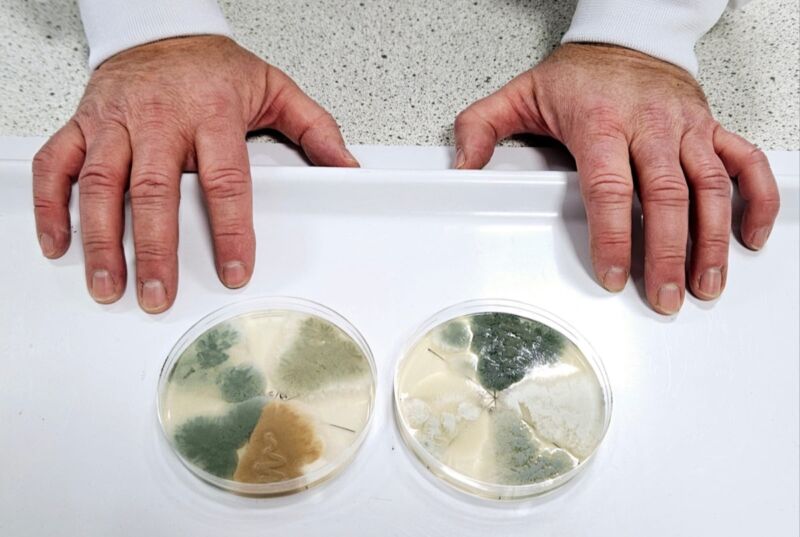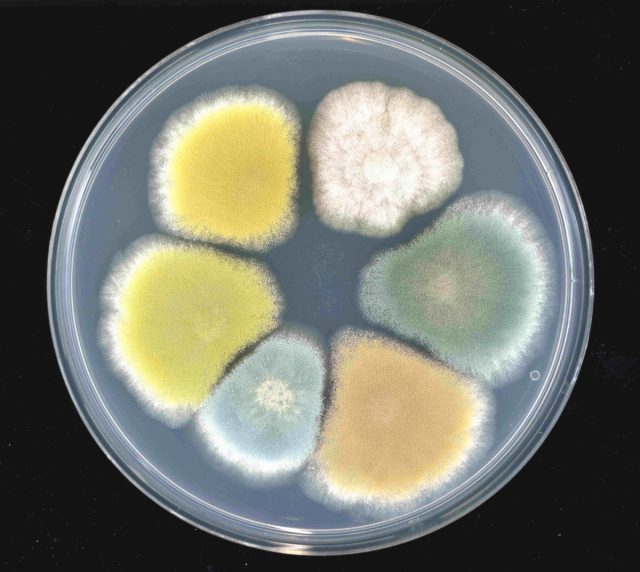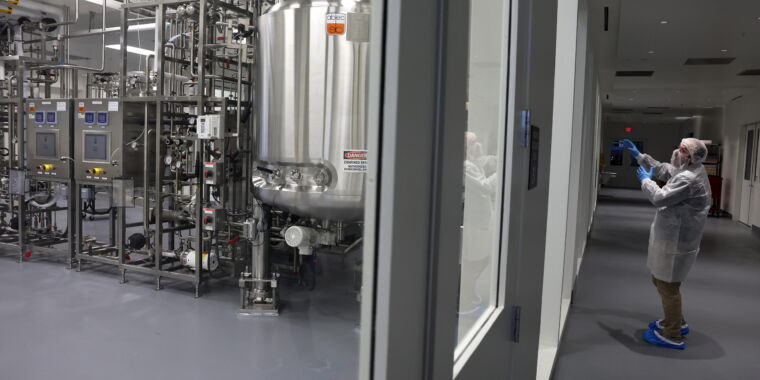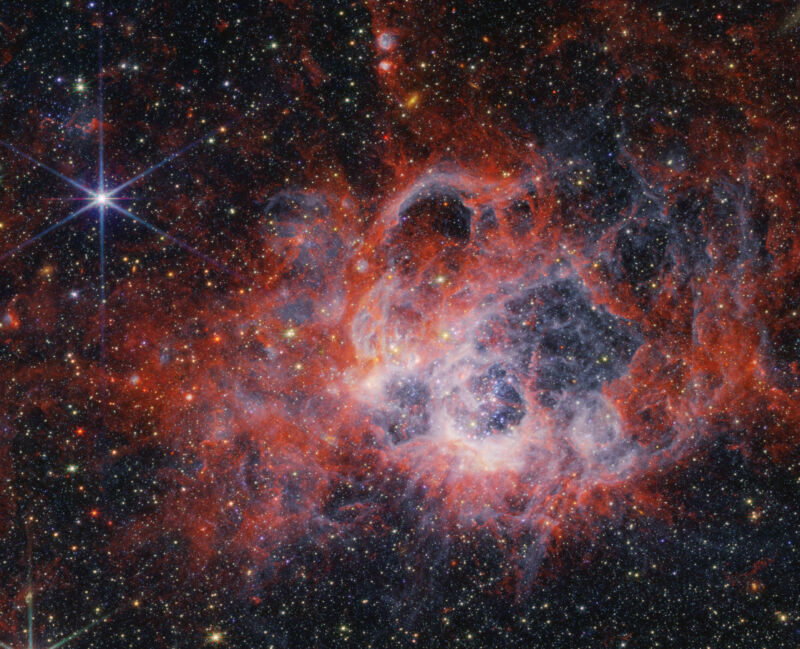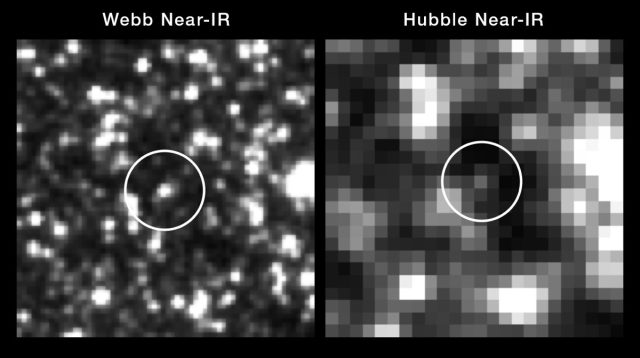Tick-killing pill shows promising results in human trial
Ticked off —
Should it pan out, the pill would be a new weapon against Lyme disease.

If you have a dog or cat, chances are you’ve given your pet a flavored chewable tablet for tick prevention at some point. What if you could take a similar pill to protect yourself from getting Lyme disease?
Tarsus Pharmaceuticals is developing such a pill for humans—minus the tasty flavoring—that could provide protection against the tick-borne disease for several weeks at a time. In February, the Irvine, California–based biotech company announced results from a small, early-stage trial showing that 24 hours after taking the drug, it can kill ticks on people, with the effects lasting for up to 30 days.
“What we envision is something that would protect you before the tick would even bite you,” says Bobby Azamian, CEO of Tarsus.

Lyme disease is a fast-growing problem in the United States, where approximately 476,000 people are diagnosed and treated for it each year, according to the most recent data from the Centers for Disease Control and Prevention. That number is likely an overestimate, because many patients are treated after a tick bite even if an infection isn’t confirmed, but it underscores the burden of Lyme disease on the health care system—which researchers at the CDC and Yale University put at nearly $1 billion per year.
The disease is caused by the bacteria Borrelia burgdorferi, which gets passed to humans through the bite of an infected tick. In most cases, a tick has to be attached for around 36 to 48 hours before the bacteria can be transmitted. Symptoms include fever, headache, fatigue, and a characteristic skin rash that looks like a bullseye.
Without a vaccine for Lyme disease on the market, current prevention includes using insect repellents such as DEET and permethrin and wearing closed shoes, long pants, and long sleeves when in a tick-infested area.
“We’ve seen increasing rates of tick-borne diseases over the years, despite being told to do tick checks, use DEET, and impregnate your clothes with permethrin,” says Paul Auwaerter, a professor of medicine at the Johns Hopkins University School of Medicine who studies Lyme disease.
A more effective treatment strategy would be welcome, Auwaerter says, especially because Lyme disease can sometimes cause serious health issues. Antibiotics are usually effective when taken early, although about 5 to 10 percent of patients can have lingering symptoms for weeks or months. If left untreated, the infection can spread to the joints and cause arthritis. It can also become established in the heart and nervous system, causing persistent fatigue, numbness, or weakness.
The experimental pill that Tarsus Pharmaceuticals is testing is a formulation of lotilaner, a drug that paralyzes and kills parasites by interfering with the way that signals are passed between their nerve cells. Lotilaner is already approved as a veterinary medicine under the brand name Credelio to control fleas and ticks in dogs and cats.
“Our animals have better options than we do for tick prevention,” says Linden Hu, a professor of immunology at Tufts Medical School who led the Tarsus trial. “There are quite a few drugs and vaccines available for dogs and cats, but there’s nothing for us.”
Tarsus first developed lotilaner for human use as an eye drop to treat blepharitis, or inflammation of the eyelid, which is caused by tiny mites. That drug, Xdemvy, was approved by the US Food and Drug Administration in July 2023. It stuns and kills mites present in the eyelid. Azamian and his team had the idea to test it against ticks in people. The oral version of the drug enters the bloodstream and is passed to a tick when it bites and starts sucking blood.
“A lot of drugs are tested in animals, but very few are commercialized for animal use and then go to human use,” Azamian says.
In a Phase II trial, 31 healthy adults took either a low or high dose of the Tarsus pill, or a placebo. Researchers then placed sterile ticks on participants’ arms and, 24 hours later, measured how many died. They also observed tick death 30 days after a single dose of the pill. At day one, 97 percent of ticks in the high-dose group and 92 percent in the low-dose group had died, while only 5 percent of ticks in the placebo group had. One month out, both doses of the pill killed around 90 percent of ticks. The company reported no serious adverse events from the pill, and none of the participants dropped out due to side effects.
“The takeaway is that it killed the ticks really quickly,” Hu says. “And the effect lasted for a long time.”
The fact that the drug targets ticks, rather than the bacteria that causes Lyme disease, means that it could protect against other tick-borne diseases that are spreading in the US, including babesiosis and anaplasmosis. Thanks to climate change and exploding deer populations, ticks are expanding their ranges—and carrying diseases with them.
Tarsus has not proven that its pill can actually prevent Lyme disease. That will require testing the drug in hundreds of people who are at high risk of contracting the disease. But Hu is cautiously optimistic: “This pill is potentially a pre-exposure prophylaxis that you don’t have to think about.”
Azamian imagines it as something people would take before going hiking or on a camping trip or just going outside in any tick-infested area.
“There is that subset of people that truly have persistent symptoms after Lyme disease that can really be devastating,” Auwaerter says, “so preventing that would be an amazing opportunity.”
This story originally appeared on wired.com.
Tick-killing pill shows promising results in human trial Read More »
